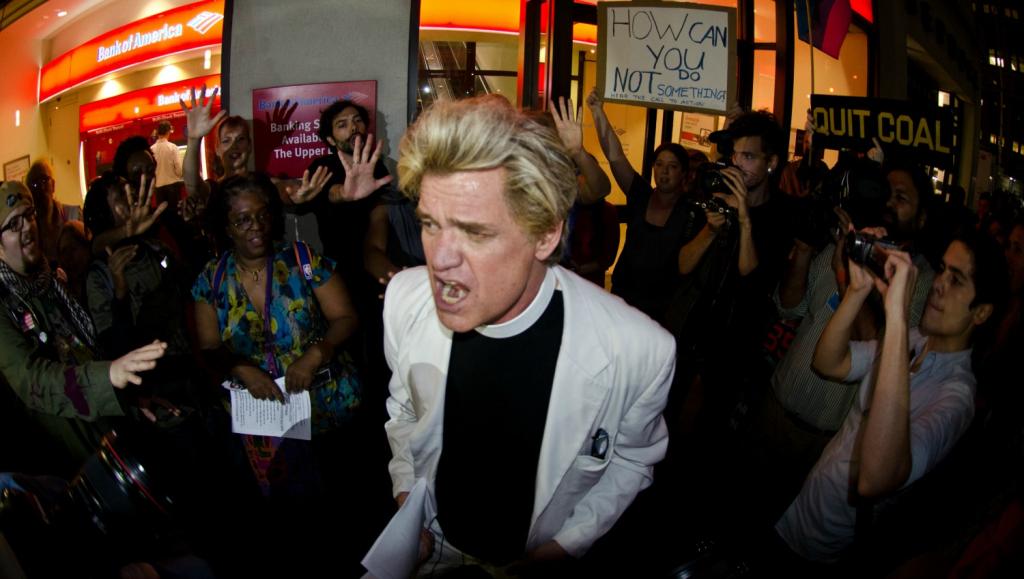Did Dickensian London really smell like cold porridge and desperation? Was Paris in the 1700s all croissants and roses? Daring Atlantic reporter John Metcalfe recently plunged his nose into “Urban Olfactory,” an exhibit at SPUR in downtown San Francisco, to find out.
As it turns out, Paris in 1738 smelled like “skunked red wine, wet cats, and gingivitis-tinged sputum, all bubbling in an open sewer on a record-setting summer’s day,” according to Metcalfe. The exhibit’s perfumes range from pleasant spices and cedar (Strait of Bosphorus and Louis XIV’s court, respectively) to downright nasty French countryside shit and San Francisco smog. Writes Metcalfe:
One snort [of “Pollution”] and I could see why governments crafted anti-smog laws; the acrid stink, like a Hefty bag overflowing with cigarette butts, was so strong you could almost chew it.
The point — in addition to making people grateful for Glade plug-ins and the Clean Air Act — is to get people thinking about cities. Smells signal how clean a city is, influencing its design and what people think of it. Scents can even provoke change — no one wants to visit a city with the odor of hot, fresh dog poo wafting through downtown.
Can’t make it to San Francisco for the exhibit? You can always buy a small spray can of “Pollution” for your next bad date/performance art piece.



